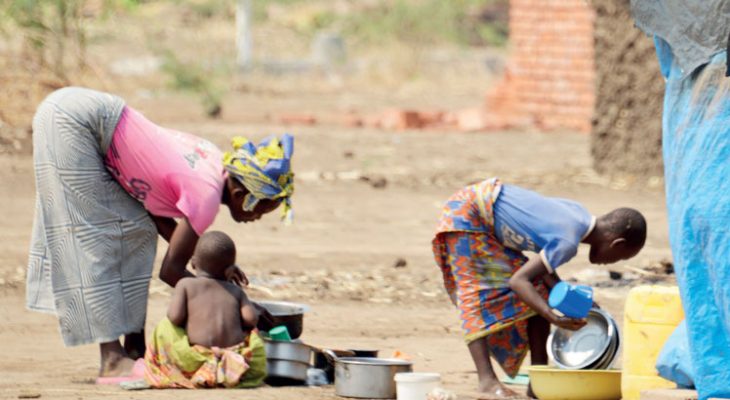
Malawi’s Economic Horizon: Navigating Challenges for Sustainable Business Growth
Key Business Points
- Economic growth in Malawi is projected to be 1.9 percent in 2025, below the population growth rate, making poverty reduction unlikely.
- The agricultural sector needs to be strengthened, but this must go beyond subsidy programs to boost productivity and transformation.
- Macroeconomic stability and expanding safety nets are essential to protect the poorest and most vulnerable, and to achieve a self-reliant and prosperous nation as envisioned in Malawi 2063, the country’s long-term development strategy.
The World Bank’s recent report on Malawi’s economic outlook highlights the challenges facing the country’s business community. With a growth rate projected at 1.9 percent in 2025, below the 2.6 percent population growth rate, poverty reduction is unlikely. This means that an estimated 76.6 percent of the population will live below $3 per day in 2025, with 482,000 more people falling into poverty. The slow pace of poverty reduction reflects structural constraints, including stagnant per capita GDP growth, low productivity in agriculture, low transformation, and repeated climate shocks.
The report also notes that inequality has narrowed, with the Gini coefficient falling from 0.45 to 0.39, but this is mainly due to worse conditions for richer households, not gains for the poor. Hunger remains a critical issue, with stunting among under-fives stagnated at 38 percent since 2016, and rising teenage pregnancy rates, particularly among the poorest households and girls with no education. The maize output rose 5.4 percent in 2024/25, but was still 25 percent below the 2019-23 average, leaving a gap of over 400,000 tonnes.
Malawi has been hit by major disasters, including cyclones and droughts, which have worsened food price inflation and hardship. As a result, economic growth has averaged 2.2 percent, far below the recommended 10.6 percent required to grow the economy to a lower middle-income status by 2030. The country’s GDP per capita stands at $602.3, far below the lower middle-income economy threshold of $1,146.
According to Agness Nyirongo, economic governance officer at the Centre for Social Concern, rethinking Malawi’s economic strategy is crucial to reverse these trends. This includes strengthening the agricultural sector beyond subsidy programs and stabilizing the macroeconomic environment. Additionally, expanding and modernizing safety nets is essential to protect the poorest and most vulnerable. As President Peter Mutharika noted, making tough decisions is necessary to rebuild the country and address the dire economic state. The Treasury has revised Malawi’s projected real GDP growth rate for 2025 downward to 3.2 percent, citing weaker-than-expected performance in key sectors. As ndalama zathu (our money) and mfundo wa uchumi (economic stability) are critical for Malawi’s growth, business owners and entrepreneurs must be aware of these challenges and opportunities to panga zao (plan their businesses) accordingly.
What are your thoughts on this business development? Share your insights and remember to follow us on Facebook and Twitter for the latest Malawi business news and opportunities. Visit us daily for comprehensive coverage of Malawi’s business landscape.
- Malawi Airlines Expands Horizons: New Entebbe Route Takes Flight, Opening Fresh Trade and Investment Avenues - December 17, 2025
- Sweet Spot Under Threat: Illovo Sugar’s 25% Production Slump Rings Alarm Bells for Malawi’s Economy - December 17, 2025
- Revolutionizing Risk Management: UGI and Old Mutual’s Groundbreaking Insurance Solutions for Malawi’s Business Leaders - December 17, 2025
